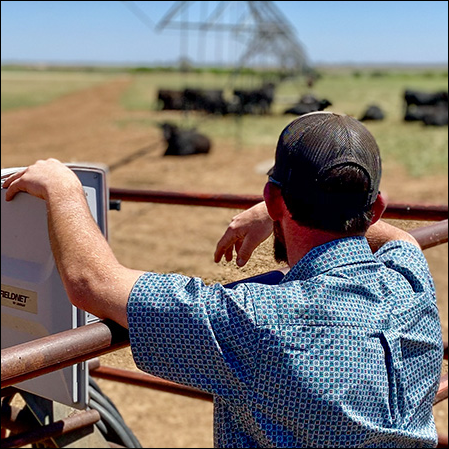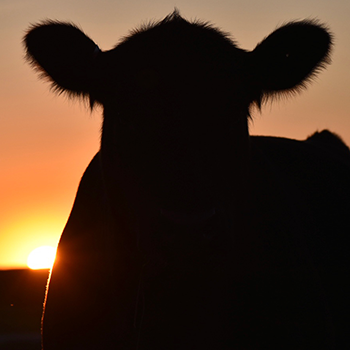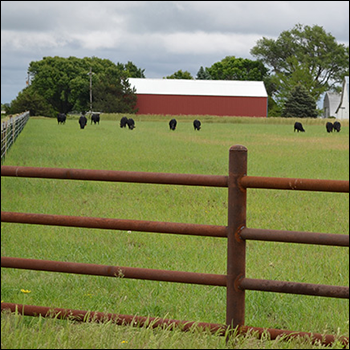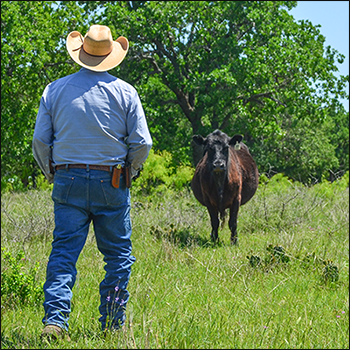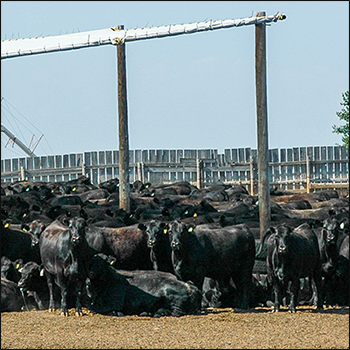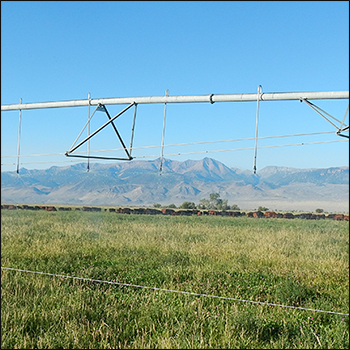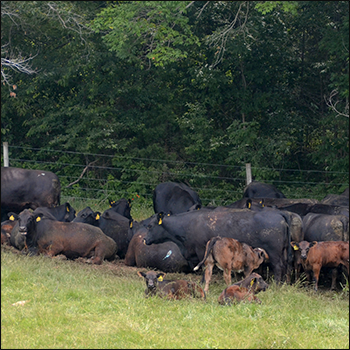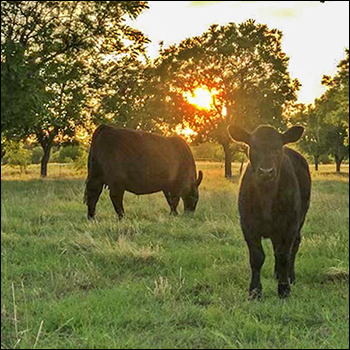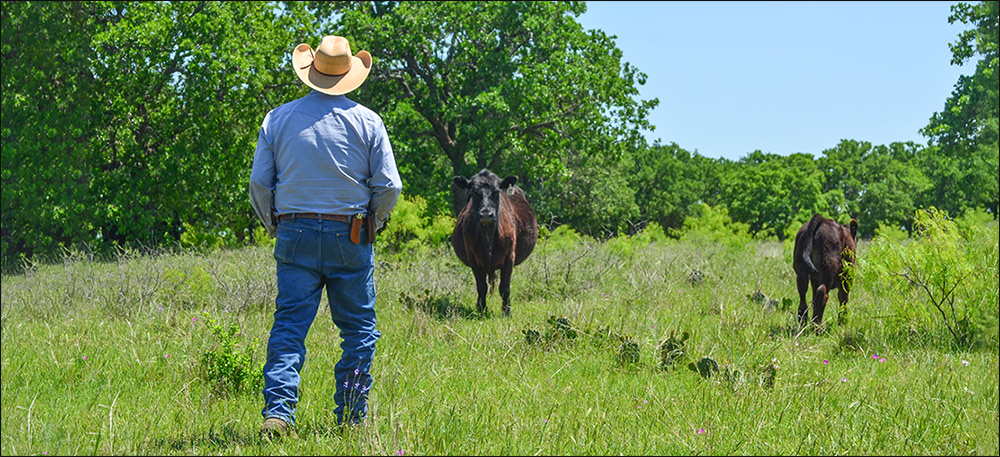
Stockmanship Counts
Cattle handling can have positive or negative effects.
Michelle Calvo-Lorenzo, chief animal welfare officer for Elanco Animal Health, often talks to producers about low-stress cattle handling and why some methods don’t work, offering ethical considerations, as well.
Aggressive and abusive handling can’t be tolerated, Calvo-Lorenzo says, noting the reasons go beyond consumer concerns for animal welfare. Rough handling increases risk of injury for cattle and the people handling them. It may result in damage to fences and facilities that require costly repairs. Repeated rough handling causes cattle to develop bad habits and dangerous behaviors that may negatively affect someone else down the chain — at the sale barn, feedlot or slaughter plant.
Wild, aggressive cattle — made that way by improper handling, yelling, etc. — require more labor when handled and processed. Gentle, properly trained cattle can be easily handled with just one or two people. In the feedlot, gentle cattle spend more time relaxed at the feedbunk and gain better than flighty cattle.
Meat quality is negatively affected when cattle are handled roughly or become wild. There’s more bruising and loss of carcass quality, with more trim loss, Calvo-Lorenzo adds. Stress hormones increase when cattle get excited, which can lead to dark cutters. Increases in heart rate, body temperature and stress hormones are not desirable when an animal goes to slaughter. Even before slaughter, stress affects the immune system and can lead to sickness — adding the expense of labor and medication required to doctor sick animals.
On the flip side, low-stress handling has many positive effects. Calvo-Lorenzo says studies have shown improved weaning weights and greater postweaning gains in cattle handled quietly. In one study, animals handled with low-stress methods gained 13 pounds (lb.) more in the week after weaning than control animals handled conventionally. The low-stress group gained 20 lb. more in the month postweaning.
Reducing stress reduces sickness and enables cattle to get back on feed more quickly after weaning. Feedlots that combine quiet handling with low-stress techniques have less carcass bruising, she says. In one study the low-stress group had a bruising rate of 8.35%, while the feedlots using rough handling and yelling had a 15.5% bruising rate.
Training cattle to handle quietly and to trust people results in improved production and profitability, and cows have higher reproduction rates. Studies have shown decreased time to puberty in heifers, as well as higher conception rates in cows and heifers, Calvo-Lorenzo notes.
The younger the cattle are when you start handling them the right way, the better the results, she says. When you start walking calves through a facility when they are young, without giving them cause to fear, they are easier to handle as adults.
Handling cattle often from the time they are young also teaches the handler how to read them better. The late Bud Williams, a well-known expert in cattle handling and developer of the Bud Box, said the way to work cattle quickly is to go slow. Work them effectively — do it right, understand how the cattle are reading you, and be consistent in your communication with them. They move effectively when they are less stressed and more relaxed.
Your attitude is important
There is a relationship between the handler’s beliefs, attitude and behavior and the well-being of the animals, Calvo-Lorenzo says. The handler’s attitude and behavior can positively affect interactions with cattle and decrease handling stress. Positive, productive experiences with cattle start with the handlers and how the handlers set up the expectations for interacting with cattle.
We must continue to educate ourselves and make sure the training we do, or ask our employees to do, is effective and useful, she urges. We need to keep reevaluating our actions and keep learning to make sure we are enhancing how we interact with cattle.
As Calvo-Lorenzo points out, good stockmanship involves your facilities, your attitude, how you train your dogs or horses, how you rope your animals, and more. You may not need much of a facility, and you might not use dogs or horses, she admits. You simply need to interact with cattle in a low-stress manner. There are many ways to work cattle with very little stress.
Cattle are not mind-readers; they need to be carefully taught and conditioned, especially if they tend to be flighty and temperamental. The more we can keep them calm and relaxed, the more they will pay attention to what we are asking them to do, rather than react with a flight-or-fight survival strategy.
Editor’s note: Heather Smith Thomas is a cattlewoman and freelance writer from Salmon, Idaho. Photo by Kasey Brown.

